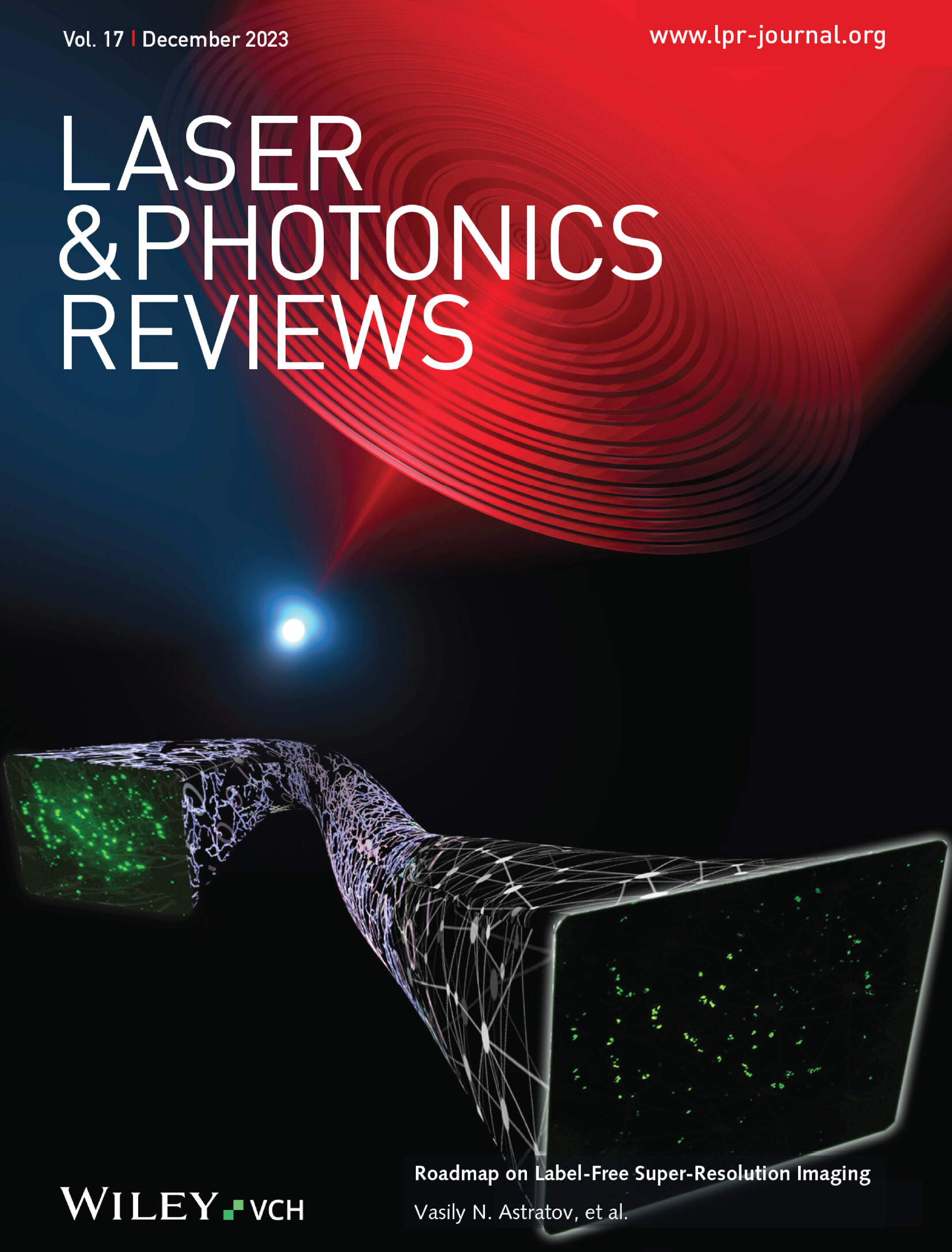Programmable Dual-Wavelength Switchable All-fiber Laser via Hybrid Optical Amplifier in the NIR-III Region for Multi-Contrast Photoacoustic Microscopy
IF 9.8
1区 物理与天体物理
Q1 OPTICS
引用次数: 0
Abstract
Photoacoustic microscopy (PAM) is a bond-selective imaging technique that provides optical resolution in deep tissues. Employing multi-contrast PAM expands the potential for non-destructive and label-free analysis of various substances. The efficiency of multi-contrast PAM largely depends on laser sources possessing high pulse switching rates. Recently, a dual-wavelength switchable fiber amplifier operating in the near-infrared-II (NIR) window is reported for multi-contrast PAM. Nevertheless, transitioning to the NIR-III region, which has higher absorption peaks, presents challenges due to the fixed Raman frequency shift and the absence of suitable pumps, complicating the search for a switchable source within this window. Herein, a unique dual-wavelength switchable all-fiber laser functioning within the NIR-III region is presented via a hybrid optical amplifier. Thanks to flexible optical parametric conversion, the laser produces 1.5 µJ pulses and realizes arbitrary pulse trains with 1725-nm and 1930-nm wavelengths. Simultaneously, utilizing programmable pulse shaping for two telecom lasers, the proposed source generates high power-spectral-density pulses with a flexible pulse width and a switching frequency of up to 100 kHz. Multi-contrast PAM using the proposed source distinguishes between the two types of microplastics in water, presenting a promising methodology for efficient microplastic detection in aqueous environments.

光声显微镜(PAM)是一种键选择成像技术,可提供深层组织的光学分辨率。采用多对比度光声显微镜可以对各种物质进行无损和无标记分析。多对比 PAM 的效率在很大程度上取决于具有高脉冲切换率的激光源。最近,一种工作在近红外-II(NIR)窗口的双波长可切换光纤放大器被报道用于多对比 PAM。然而,由于固定的拉曼频移和缺乏合适的泵浦,过渡到具有更高吸收峰的 NIR-III 区域面临着挑战,这使得在该窗口内寻找可切换光源变得更加复杂。本文介绍了一种独特的双波长可切换全光纤激光器,通过混合光放大器在近红外-III 区工作。由于采用了灵活的光参量转换技术,该激光器可产生 1.5 µJ 脉冲,并可实现波长为 1725 纳米和 1930 纳米的任意脉冲序列。同时,利用两台电信激光器的可编程脉冲整形,该激光源可产生具有灵活脉宽和高达 100 kHz 开关频率的高功率光谱密度脉冲。利用拟议光源的多对比 PAM 技术可区分水中的两种微塑料,为在水环境中高效检测微塑料提供了一种前景广阔的方法。
本文章由计算机程序翻译,如有差异,请以英文原文为准。
求助全文
约1分钟内获得全文
求助全文
来源期刊
CiteScore
14.20
自引率
5.50%
发文量
314
审稿时长
2 months
期刊介绍:
Laser & Photonics Reviews is a reputable journal that publishes high-quality Reviews, original Research Articles, and Perspectives in the field of photonics and optics. It covers both theoretical and experimental aspects, including recent groundbreaking research, specific advancements, and innovative applications.
As evidence of its impact and recognition, Laser & Photonics Reviews boasts a remarkable 2022 Impact Factor of 11.0, according to the Journal Citation Reports from Clarivate Analytics (2023). Moreover, it holds impressive rankings in the InCites Journal Citation Reports: in 2021, it was ranked 6th out of 101 in the field of Optics, 15th out of 161 in Applied Physics, and 12th out of 69 in Condensed Matter Physics.
The journal uses the ISSN numbers 1863-8880 for print and 1863-8899 for online publications.

 求助内容:
求助内容: 应助结果提醒方式:
应助结果提醒方式:


